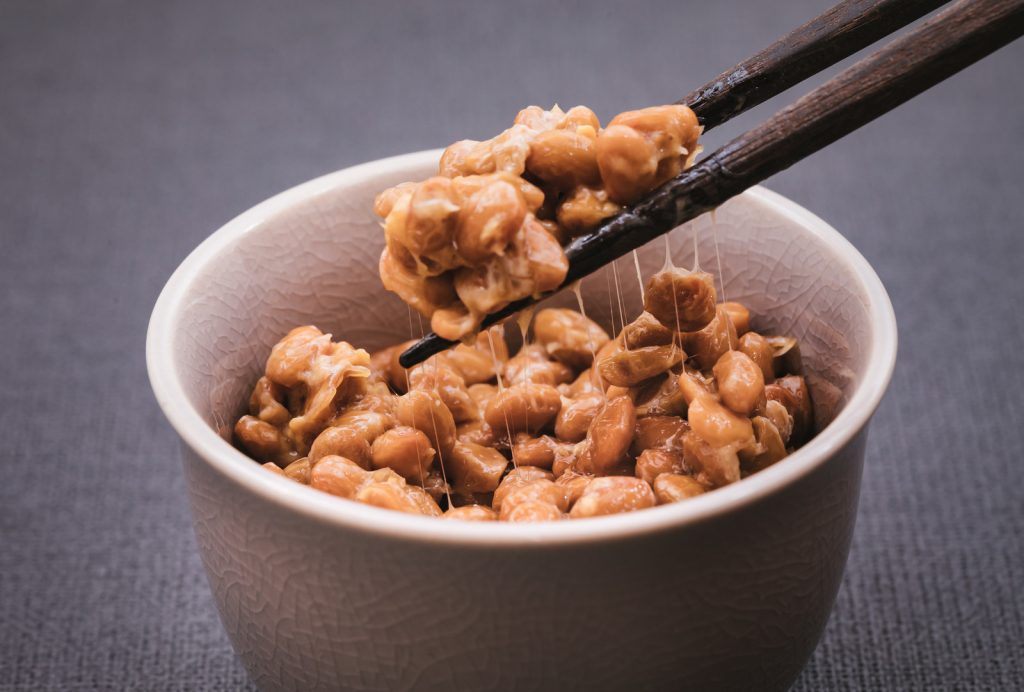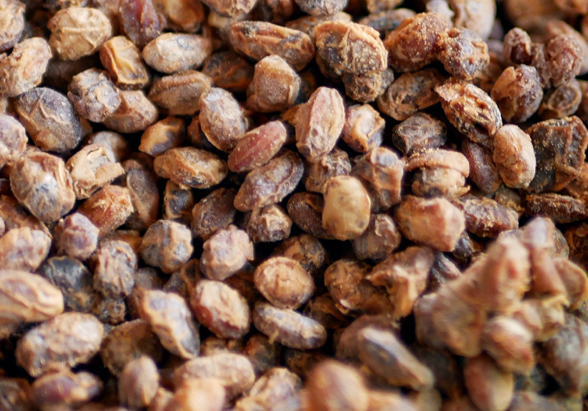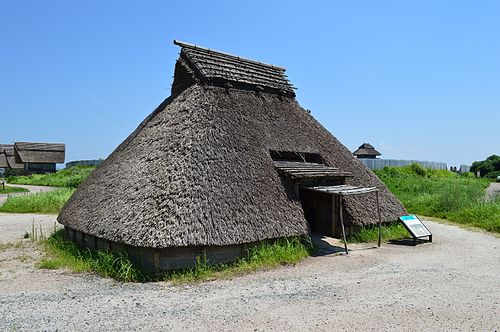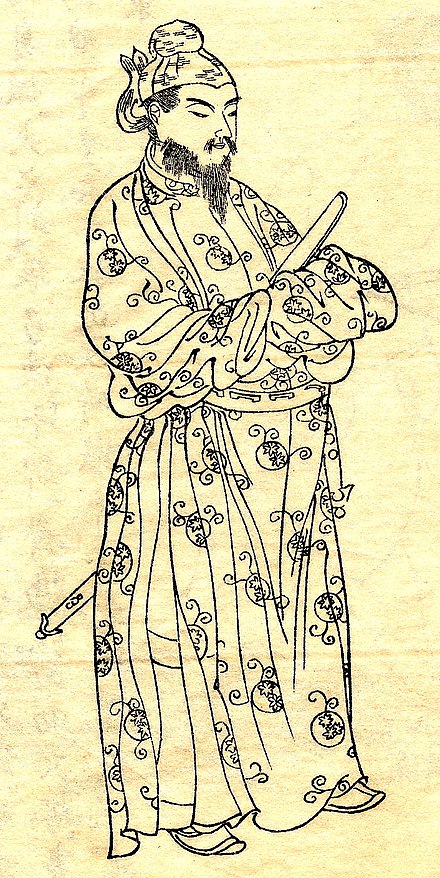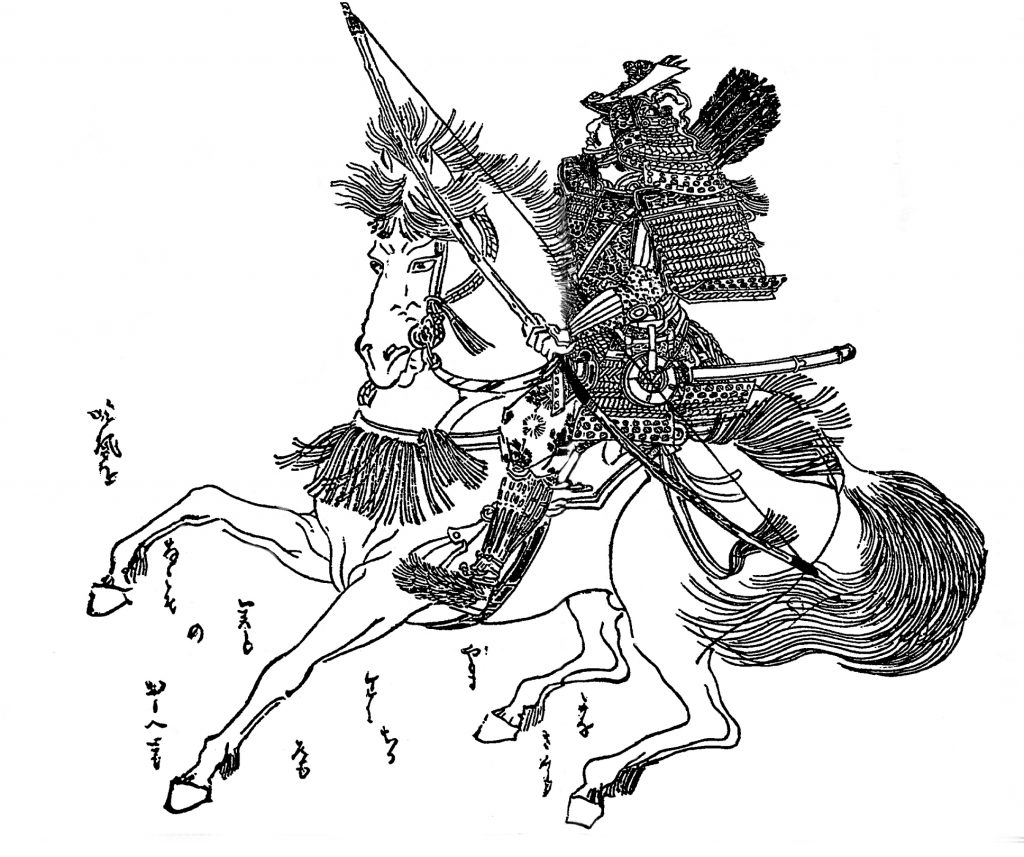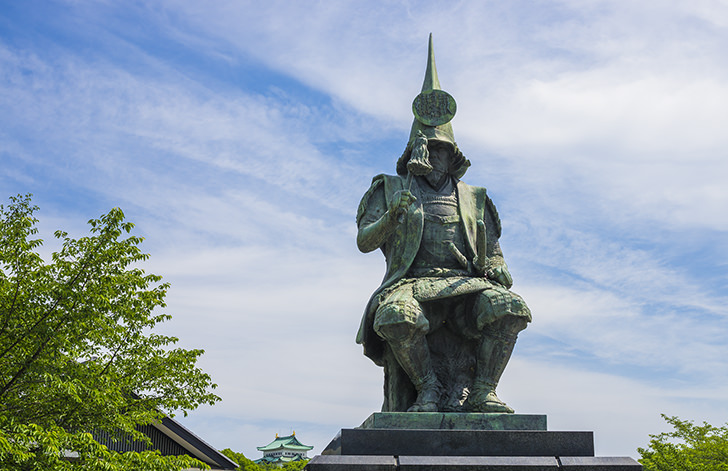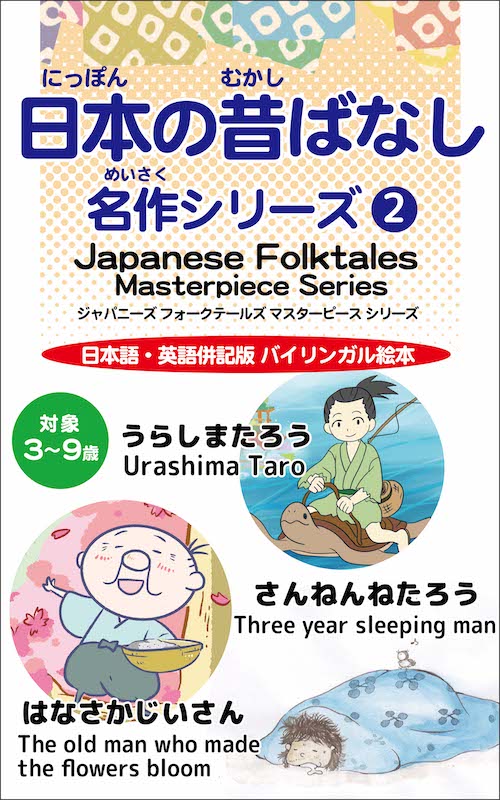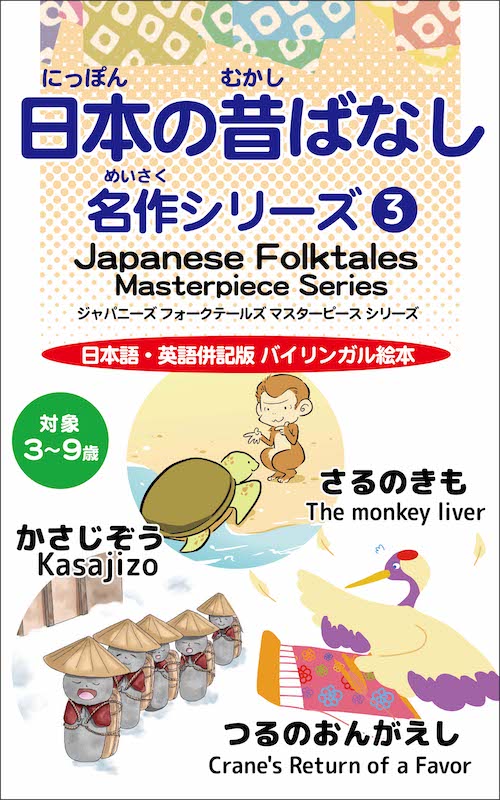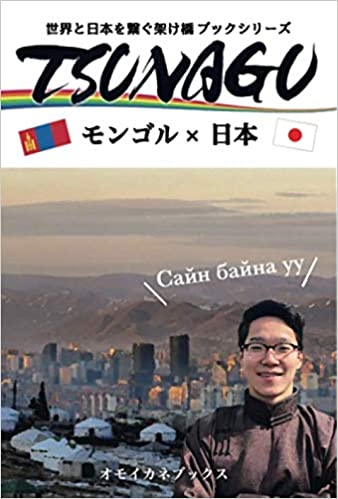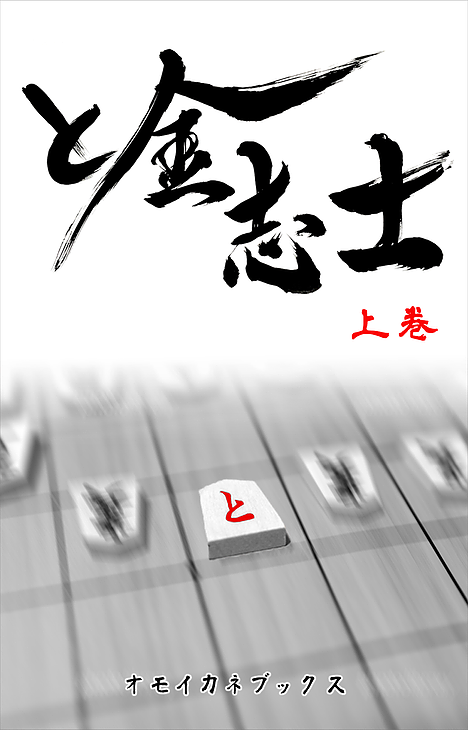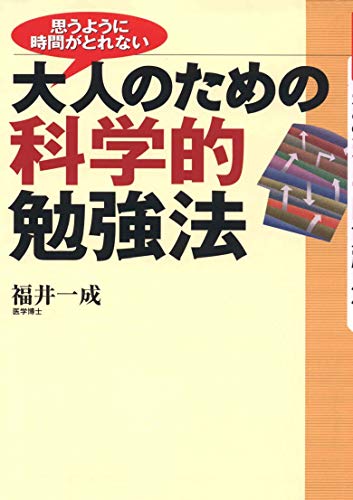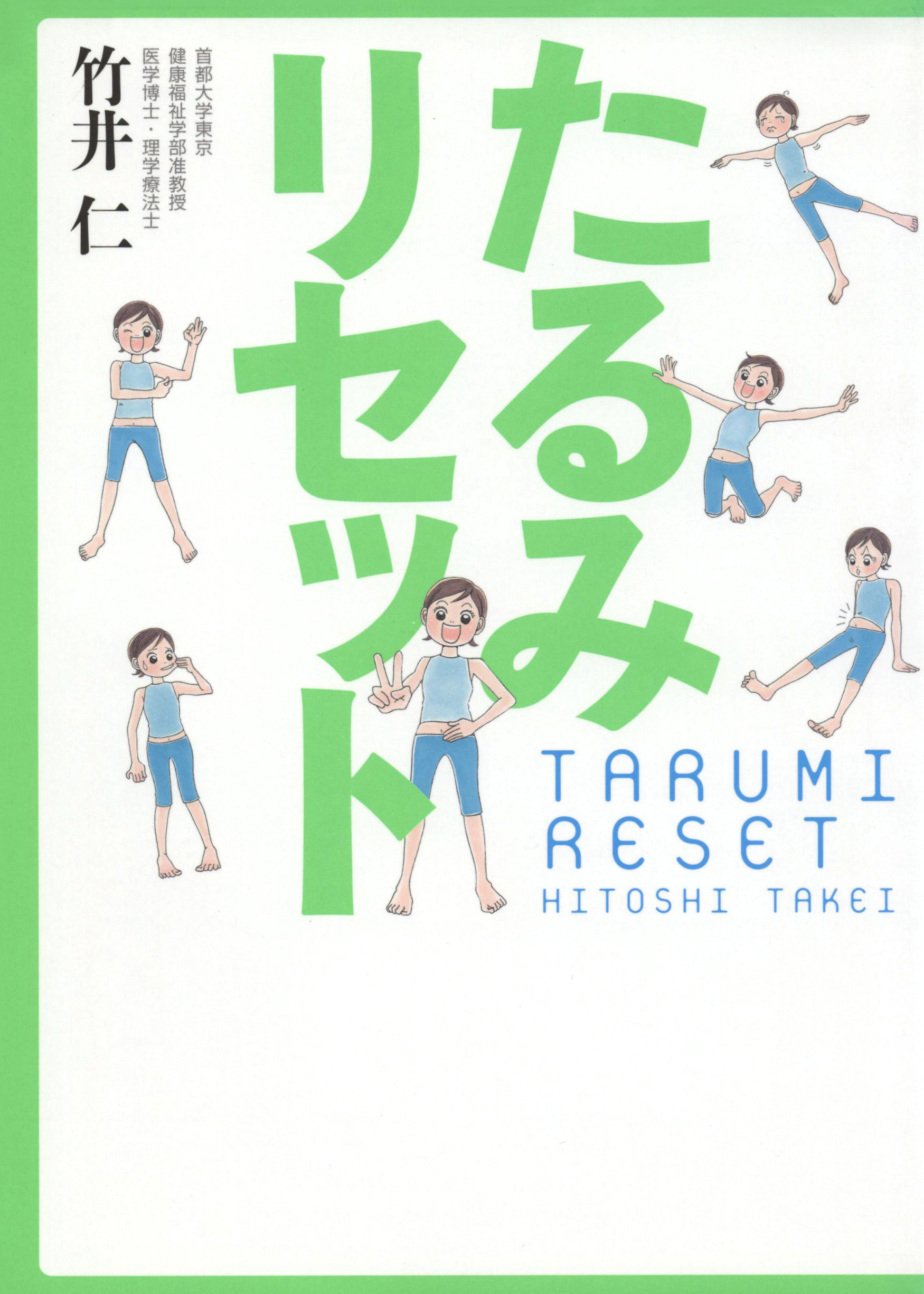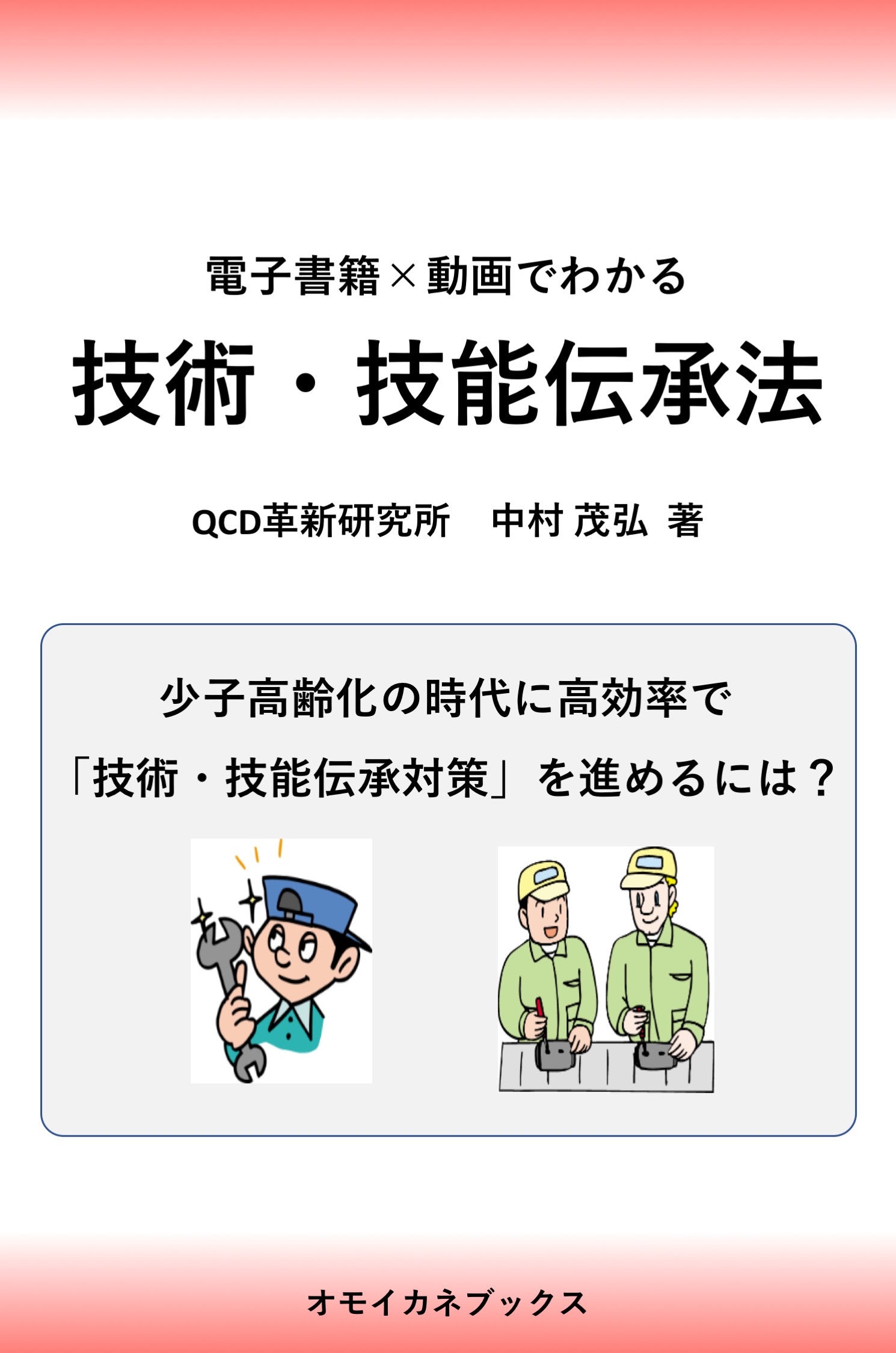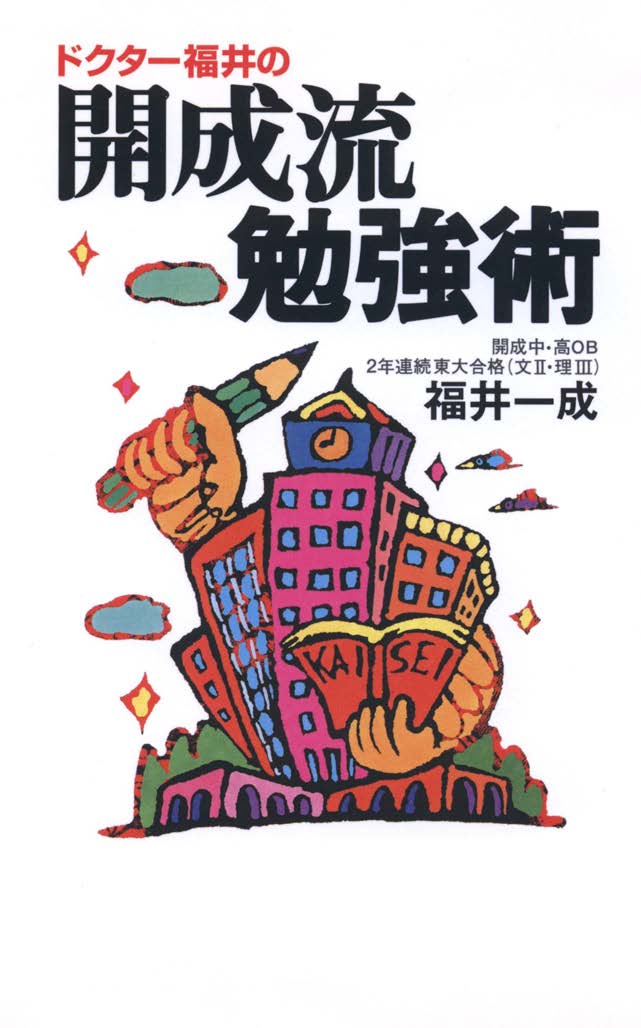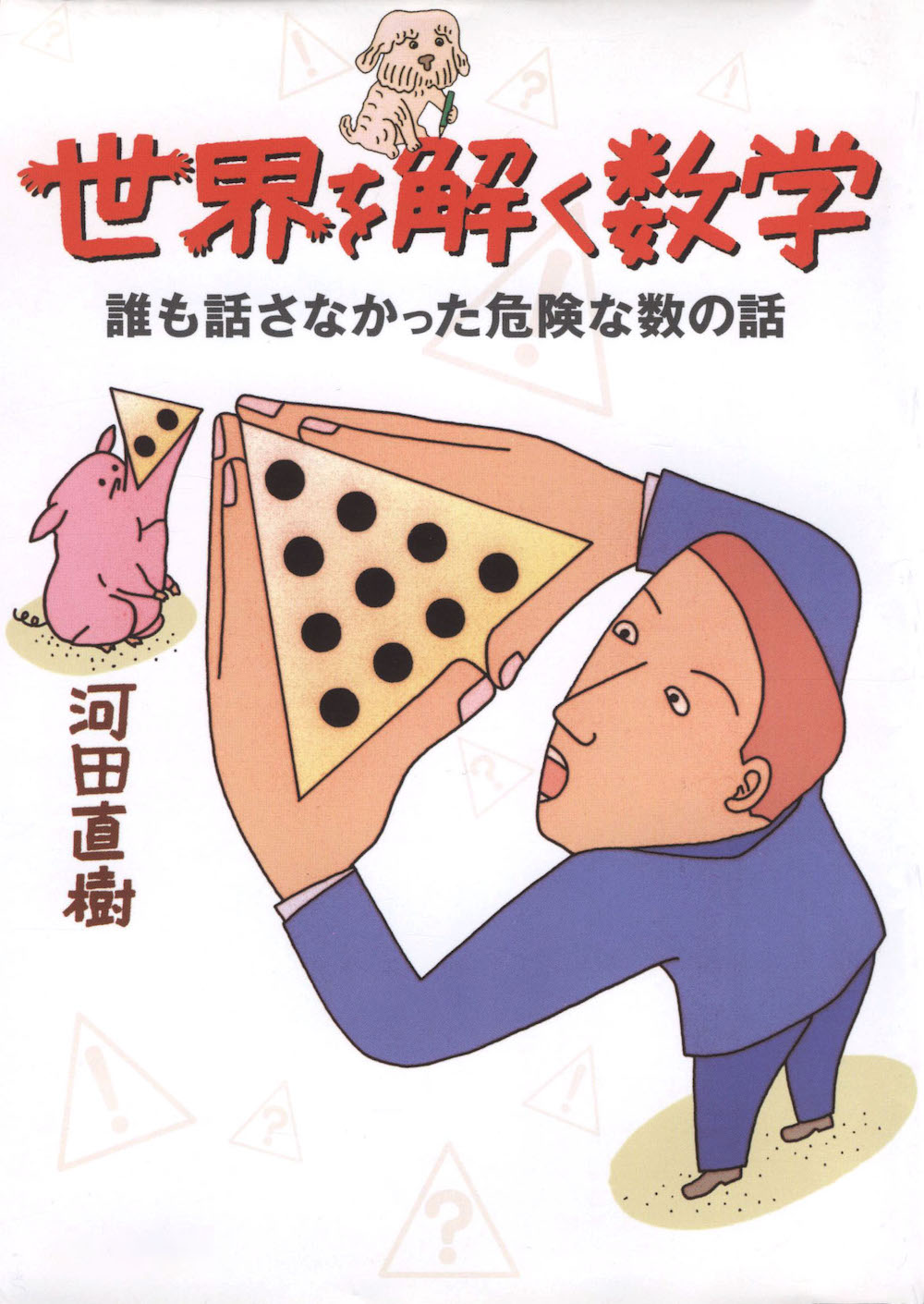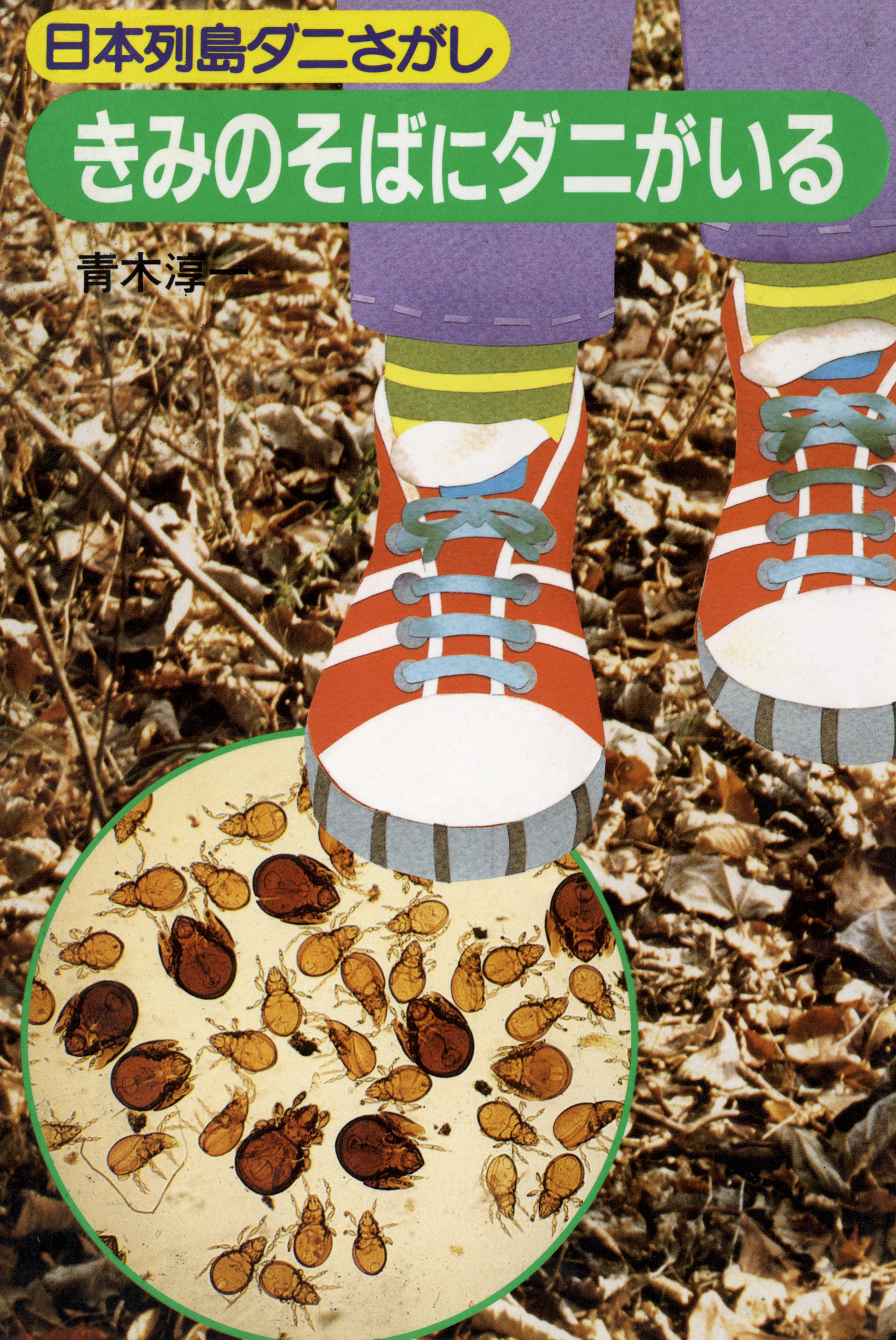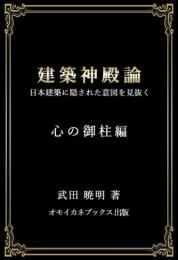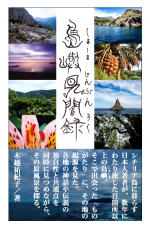現代文化のルーツを探る⑱ 納豆
公開日:
:
最終更新日:2021/03/13
現代文化のルーツ
[English after Japanese]
皆さん納豆はお好きですか?
あのネバネバと匂いが好きな人もいれば、大嫌いという人もいるでしょうね。僕は大好きです。
僕が子どもの頃、我が家では祖父が納豆を作っていました。藁の中に大豆を詰めてしばらくすると、あの独特の匂いと粘りが出るんですよね。うちでは出来上がった納豆を天日干しして、干し納豆も作っていましたよ。
最近はたくさんの種類の納豆がスーパーで販売されていますね。豆の大きさもタレの味も多種多様です。日本人の食卓ではお馴染みの納豆ですが、その発祥には諸説あります。納豆はいつ頃どうやって生まれたのでしょう?そのルーツを探ってみましょう!
その1 弥生時代説
納豆を作るのに欠かせない納豆菌は枯草菌の一種で、空気中や枯れ草、稲藁などにたくさん生息しています。納豆菌には暖かくて湿ったところを好む性質があるため、保温保湿性に優れた藁は格好のすみかです。弥生時代の人々が住む竪穴式住居には炉があり、床には藁や枯草が敷かれていました。住居内は適度に暖かかく、弥生時代の住居はまさに納豆菌のすみかともいえる状態でした。当時住居内で豆を煮た際に、床に敷いた藁にいくつかの豆がこぼれ落ち、それが自然に発酵し納豆が誕生したという説。
その2 聖徳太子説
時は飛鳥時代。聖徳太子が愛馬にエサの煮豆を与えていました。しかし煮豆の量が多くて余ってしまいました。捨てるのはもったいないと考えた太子は、余った煮豆を藁に包んで保存しました。数日後、藁を開けてみると、煮豆が糸を引いています。不思議に思いながらも、食べてみた太子。(食べてみるところがすごい!)驚くことにとても美味しい豆になっていました。太子がこの事を人々に伝え、煮豆を藁に包んで発酵させる納豆が広まっていっという説。
その3 八幡太郎義家説
平安時代後期の武将、八幡太郎義家こと源義家(みなもとのよしいえ)。義家が奥州(現在の東北地方)へ遠征に行った時の話しです。奥州の豪族である清原家衝(きよはらのいえひら)が、金沢柵というところに立てこもり、戦いが長引いてしまいます。そのため馬の飼料が不足してしまいます。
義家は、急きょ農民たちに飼料として大豆を差し出すように命令しました。急なことだったため、農民たちは煮た大豆をよく冷まさず、熱いまま俵に詰めて差し出しました。すると数日後、煮豆が香ばしい匂いを発し、開けてみると糸を引いていました。煮豆を食べてみるととても美味しかったので、これを兵士たちの食料にしました。さらにこれが農民にも広まっていったというお話。
源義家ではほかの話もあります。当時食料として煮豆を藁で編んだ俵に詰め込み、馬の背に載せて携行していたそうです。38°前後の馬の体温が、藁に着いた納豆菌を活発にさせ、納豆に変化させたというお話しもあります。
その4 加藤清正説
秀吉の命で朝鮮に出兵した加藤清正。清正は戦地で食糧の調達に苦労していました。ある日彼は、荷物を運ぶ馬の背中から、美味しそうな匂いがすることに気づきました。不思議に思い、馬の背に乗せてあった藁の束を開いてみると、煮豆が糸を引いています。煮豆を腐らせてしまったと落ち込む清正。しかしその香ばしい匂いに惹かれて、一口食べてみるととても美味しいじゃありませんか!このことが主君秀吉にも伝えられ、納豆がくらしの中に定着していったという説。
色々な説がありますね。皆さんはどれが納豆発祥の有力説だと思いますか?いずれにしても納豆の誕生には馬、藁が欠かせない存在だったんですね。
さて、納豆といえば茨城県の水戸が有名ですね。でも何で水戸なのでしょう?
水戸が納豆で有名なワケ
これはもう1つの源義家説に由来しています。
奥州平定に向かう義家の軍勢が常陸国(現在の茨城県)に宿営します。義家は宿駅の駅長だった渡里の里(水戸市郊外)の一盛長者の屋敷に泊まりました。この時、家来が馬の飼料に作った煮豆の残りを藁で包んでおいたら、煮豆は自然に発酵して糸を引くようになっていました。ためしに家来が食べてみると、これがとても美味しい。そこで義家に献上したところ大変喜ばれました。その後農民の間にも広まり、水戸が納豆発祥の地となったといわれています。ちなみに「将軍に納めた豆」という意味で「納豆」と名付けられたともいわれていますね。他にも奈良時代に寺の納所(台所)で作られたからという説もあります。
いやー納豆のルーツは奥が深いですね。それにしても「誰が最初に食べてみようと思ったのだろう?」と思う食べ物はたくさんありますが、納豆もその一つですよね。納豆好きの僕としては、よくぞチャレンジしてくれました!という思いです(笑)。
先人たちに感謝しながら、今日も美味しい納豆を頂きます!
Do you like natto?
Some people love the gooey smell, while others hate it. I love it.
When I was a child, my grandfather used to make natto in our house. He would stuff the soybeans into straw and after a while, they would get that unique smell and stickiness. We also used to make dried natto by drying the finished natto in the sun.
Nowadays, many kinds of natto are sold in supermarkets. There are many different sizes of beans and flavors of sauce. Natto is a familiar part of the Japanese diet, but there are many theories about its origin. When and how was natto born? Let’s look into its roots!
Theory 1: The Yayoi Period
Natto bacillus, which is essential for making natto, is a type of Bacillus subtilis that lives in the air, dead grass, and rice straw. Natto bacillus likes to live in warm and moist places, so straw, with its excellent heat and moisture retention properties, is an ideal habitat. The pit houses of the Yayoi period people lived in had furnaces and the floor was covered with straw and dead grass. The inside of the dwellings was moderately warm, and the dwellings of the Yayoi period could be said to have been the home of the natto bacteria. The theory is that when beans were boiled in the dwelling, some of the beans spilled out onto the straw on the floor, which naturally fermented and gave birth to natto.
2. Prince Shotoku’s theory
It was the Asuka period. Prince Shotoku was feeding his beloved horse with boiled beans. However, he had too many beans left over. Thinking it would be a shame to throw them away, he wrapped the leftover beans in straw and stored them. A few days later, when he opened the straw, he found that the cooked beans were stringing together. (The fact that he tried to eat them was amazing! (The eating part is amazing!) To his surprise, the beans turned out to be very tasty. (The fact that he ate them was amazing!) The theory is that Taishi told people about this, and natto (fermented soybeans), which are made by wrapping boiled beans in straw and fermenting them, spread.
3. Yahataro Yoshiie’s theory
Minamoto no Yoshiie, known as Hachiman Taro Yoshiie, was a military commander in the late Heian period. The story goes that he went on an expedition to Oshu (present-day Tohoku region). The battle was prolonged because Kiyohara no Iehira, a powerful tribe in Oshu, was holed up in a place called Kanazawa fence. As a result, there was a shortage of fodder for the horses.
Yoshiie hurriedly ordered the farmers to supply soybeans as fodder. Because of the urgency of the situation, the farmers did not cool the boiled soybeans well, but packed them in bales while still hot and offered them to the farmers. A few days later, the beans smelled fragrant, and when they were opened, they were stringing together. When they tried the beans, they were so delicious that they were used as food for the soldiers. The story goes that these beans spread to the farmers as well.
There is another story about Minamoto no Yoshiie. There is a story that the body temperature of the horse, around 38 degrees Celsius, made the fermented soybeans on the straw active and transformed them into natto.
No.4 Kiyomasa Kato’s theory
Kiyomasa Kato was ordered by Hideyoshi to go to Korea. Kiyomasa had a hard time getting food in the war zone. One day, he noticed a delicious smell coming from the back of a horse carrying a load. One day, he noticed a delicious smell coming from the back of a horse carrying a load. He wondered why, and opened a bundle of straw on the horse’s back to find boiled beans trailing. Kiyomasa felt depressed, thinking that he had spoiled the boiled beans. However, the fragrant smell attracted him to take a bite, and he found it very tasty! This was passed on to the lord Hideyoshi, and natto became a part of his daily life.
There are many theories. Which one do you think is the best theory for the origin of natto? In any case, horses and straw were indispensable for the birth of natto.
Speaking of natto, Mito in Ibaraki Prefecture is famous. But why Mito?
Why Mito is famous for natto?
This is because of another theory about Minamoto no Yoshiie.
Yoshiie’s troops on their way to pacify Oshu camped in Hitachiikuni (present-day Ibaraki Prefecture). Yoshiie stayed at the mansion of Ichimori no Chosha in Watari-no-sato (a suburb of Mito City), who was the stationmaster of the inn. At this time, when his retainer wrapped the leftover boiled beans he had made for horse feed in straw, the beans naturally fermented and became threadbare. When his retainer tried it, he found that it was very tasty. So he presented it to the righteous family and they were very pleased. After that, it spread among the farmers, and Mito is said to have been the birthplace of natto. Incidentally, it is said that the name “natto” came from the meaning of “beans delivered to the shogun. Another theory is that it was made in the kitchens of temples in the Nara period (710-794).
The roots of natto are very deep. There are many foods that make me wonder, “Who thought of eating natto first? Natto is one of them, isn’t it? As a natto lover, I’m amazed that you took on this challenge! (laughs).
Thanks to our predecessors, I’m going to enjoy some delicious natto today!
関連記事
-

-
現代文化のルーツを探る⑤お風呂
2021/01/23 |
皆さんこんにちは。皆さんお風呂は好きですか? 疲れた時や寒い日は、あったかいお風呂に浸かると気持ち...
-

-
現代文化のルーツを探る㊳ 囲碁
2021/06/04 |
王様を目指して囲碁を学ぶ子どもたち 前回のブログでは将棋のルーツを辿りました。将棋といえば次は、囲...
-

-
現代文化のルーツを探る⑬ ひな祭り
2021/02/20 |
皆さんこんにちは。オモイカネブックスの岩瀬貴之です。 オモイカネブックスは、日本の文化や慣習を本を...
-

-
現代文化のルーツを探る①「お弁当」
2021/01/09 |
オモイカネブックスの岩瀬貴之です。 オモイカネブックスは、日本の文化や歴史、学術、アートなどを世界...
- PREV
- 現代文化のルーツを探る⑰ 味噌汁
- NEXT
- 現代文化のルーツを探る⑲ 畳
